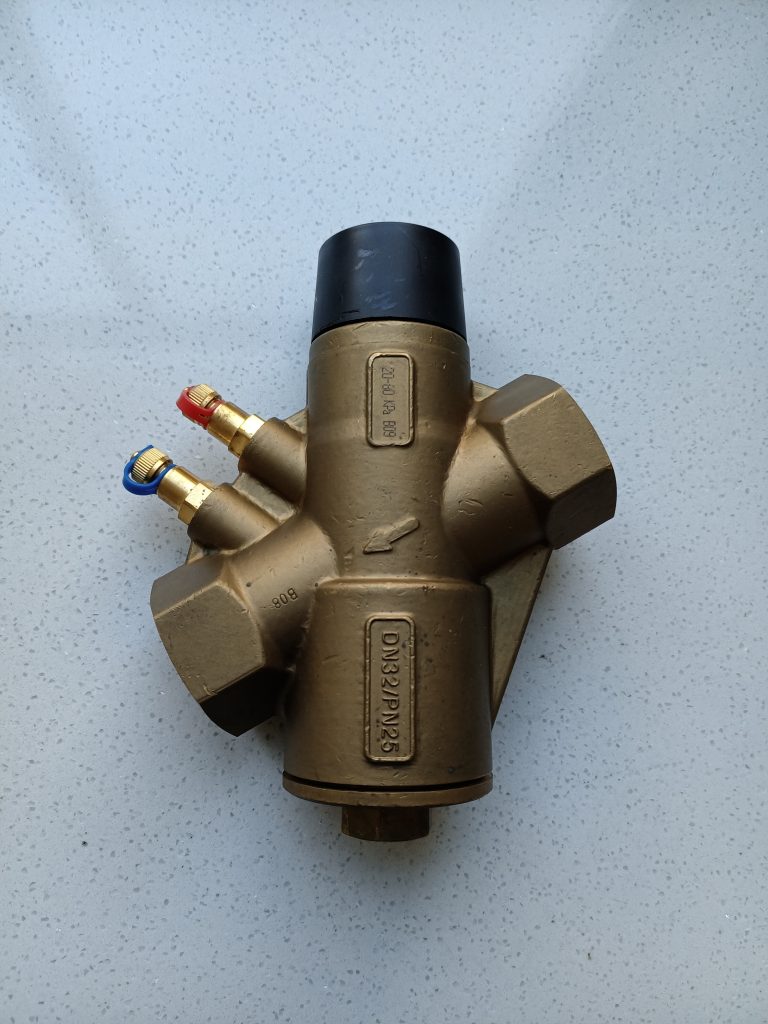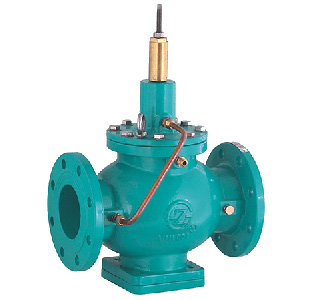The Difference Between Dynamic Balancing Valve and Static Balancing Valve
What is a dynamic balancing valve? Dynamic balancing valve is divided into two kinds: flow (flow dynamic control valve) and pressure difference … Read more
To meet the growing use of variable speed pumps for HVAC applications, ZECO Fluid Systems has launched a range of Differential Pressure Control Valves (DPCV) specifically aimed at optimizing system performance.
Extremely efficient, the DPCV is set to a maximum differential pressure which ensures flow cannot exceed the desired rate. It, therefore, helps reduce energy consumption, and the risk of noise and simplifies the commissioning process.
Differential Pressure Control Valves – also commonly called DPCVs – are installed in heating or cooling systems to control sub-circuit pressure to a set or given maximum.
ZECO’s DPCV range includes three different types. A type with pre-set ΔpC (differential pressure across the circuit), a type with adjustable ΔpC, and finally a type being a combined dynamic balancing valve and adjustable DPCV. They offer a flexible range meeting any system demand.
A differential pressure controller consists of a valve and a pressure actuator. Differential pressure controllers in the primary system are mainly used to keep a constant and lower differential pressure across a motorized control valve or a total system/substation.


With a DPCV installed in Your system, You will achieve reduced energy consumption, avoid the risk of annoying noise and have a simple commissioning process.
A DPCV includes a diaphragm, a spring, and a capillary tube connecting the partner valve in the supply pipe and the DPCV valve in the return pipe to control the circuit pressure loss.
The differential pressure control valve (DPCV) is a special kind of control valve whose action is related to a measured pressure difference. In practice, the DPCV is used in several applications as will be further explained basically, its goal is to maintain a constant pressure difference across a certain part of the hydraulic network. Inside the DPCV, two cavities are separated by means of a membrane. One cavity is internally connected to the upstream side of the DPCV while the other one is connected to a remote location by means of a small capillary pipe. This way, the differential pressure across the membrane equals the pressure difference between the upstream measuring point and the DPCV. The resulting spindle travel depends on the force balance between the membrane and the spring.
• ΔP Control
The DPCV diaphragm will regulate to control ΔpC (differential pressure across the circuit) depending on pressure impulse from the supply side and direct pressure from the return side. The spring force will equal the ΔpC.
In all ZECO DPCVs, the diaphragm will be a rolling diaphragm which will result in a very compact valve design. Depending on the ZECO Differential Pressure Control Valve selected, ΔpC may be fixed or externally adjustable.
What is a dynamic balancing valve? Dynamic balancing valve is divided into two kinds: flow (flow dynamic control valve) and pressure difference … Read more
Barton 224C Differential Pressure Unit The 224C DPU consists of a bellows unit assembly (BUA) and removable pressure housings. within the BUA, … Read more